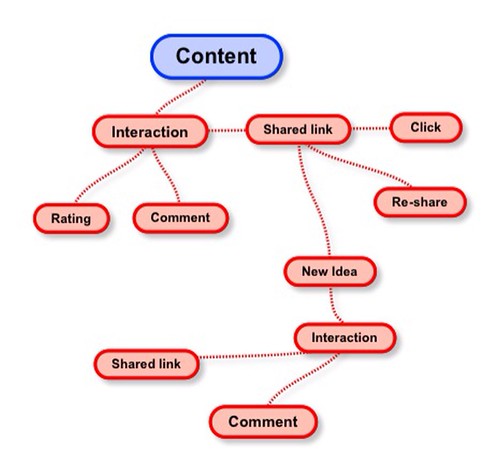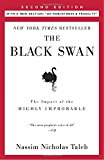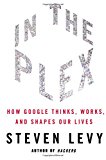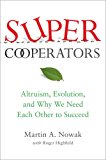
Fragmented Content
Dave Patton and I have been talking about creating content and then “fragmenting†and re-purposing it. This would allow for the whole story to be found but plan for and receive all the benefits of fragmenting and distributing your content. Write a feature length journalistic story, turn that into a blog post into a tweet, etc.
It dawned on me this morning that HBR has been doing this well for a while. Ironically, I came to the realization while reading the 7 page article on Death by Information Overload. Not having the time right now to read the whole thing, I was debating printing it out or saving it to Evernote when I spotted the “In Brief†version of the story. This is the 5 sentence version of that that same article. Then they fragment it more and send it out in 140 characters or less on the @HarvardBiz Twitter account.
- A) I think this is the way all companies should be telling their story. Create one highly leveragable piece of content and then fragment that a million different ways.
- B) Seems like this business model makes a lot more sense for newspapers than just building a Great Wall of Content. Give away the “In Brief” piece and sell the complete story for those that want that. You get all the traffic (which you can sell ads against) and charge for the full story.
Is anyone else doing this? HBR just gives away both but that’s only one small piece of their overall content business.
BTW, where’s the HBR study of HBR? I’d pay for that.
Photo Credit: Tac Anderson
Related articles by Zemanta
- Financial Times Site Warning: Don’t Email Our Articles (huffingtonpost.com)
- How Murdoch’s Plan for Paid Content Could Work (newcommbiz.com)
- How to feel like you have time to read everything (penelopetrunk.com)
- In Defense of Journalism (newcommbiz.com)
- I Don’t Read the Paper, I Read Twitter (newcommbiz.com)






